Perenniporia robiniophila
Scientific name: Perenniporia robiniophila (Murrill)
Ryvarden
Derivation of name: Perenniporia means a "polypore
with perennial fruiting bodies"; robiniophila means "black
locust (Robinia) loving."
Synonymy: Trametes robiniophila Murr.;Polyporus
robiniophilus (Murr.) Lloyd
Common names:
Phylum: Basidiomycota
Order: Polyporales
Family: Polyporaceae
Occurrence on wood substrate: Parasitic; solitary or in
overlapping clusters on living deciduous trees, especially
black locust but other hardwood genera as well; year-round.
Dimensions: Caps 4-20 cm wide; 3.5-15 cm long; 1-5 cm
thick.
Upper surface: White, becoming smoky or yellowish on
drying; rough with warts and other protuberances.
Pore surface: White; pores 4-6 per mm.
Edibility: Inedible unless you're a fungus beetle.
Comments: A cause of heart rot in living trees.
More information at MushroomExpert.com
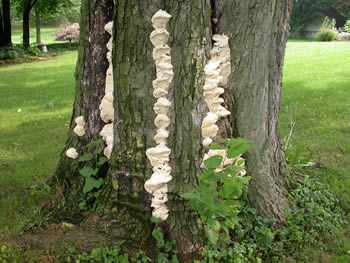
Figure 1. Perenniporia robiniophila on hackberry
(Celtis occidentalis) in June, 2004. See Figure 7.
Photo © Gary Emberger.

Figure 2. A closer look at some of the vertically oriented,
overlapping shelves of Perenniporia robiniophila from
Figure 1. Photo © Gary Emberger.
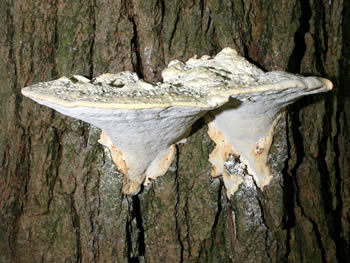
Figure 3. Perenniporia robiniophila on black locust
(Robinia pseudoacacia). Note the bumpy upper surface.
Photo © Gary Emberger.
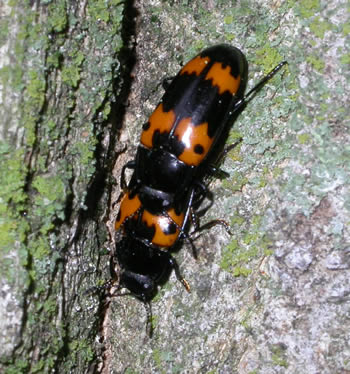
Figure 4. Pleasing fungus beetles (Megalodacne sp.) doing
their thing associated with Perenniporia robiniophila on
hackberry. Photo © Gary Emberger.
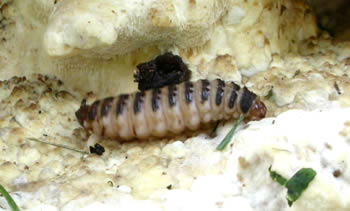
Figure 5. Larva of pleasing fungus beetle feeding on
Perenniporia robiniophila.
Photo © Gary Emberger.
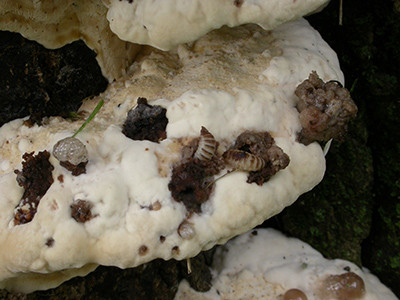
Figure 6.
The feeding tunnels and frass produced by the
fungus beetles
make quite a
mess of many of the conks.
Photo © Gary Emberger.
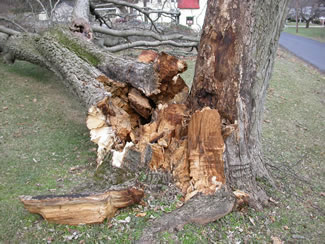
Figure 7. Year after year of the fungus plundering the
wood led to this outcome in January, 2006
during a
storm. This is the hackberry tree of Figure 1.
Photo © Gary Emberger.